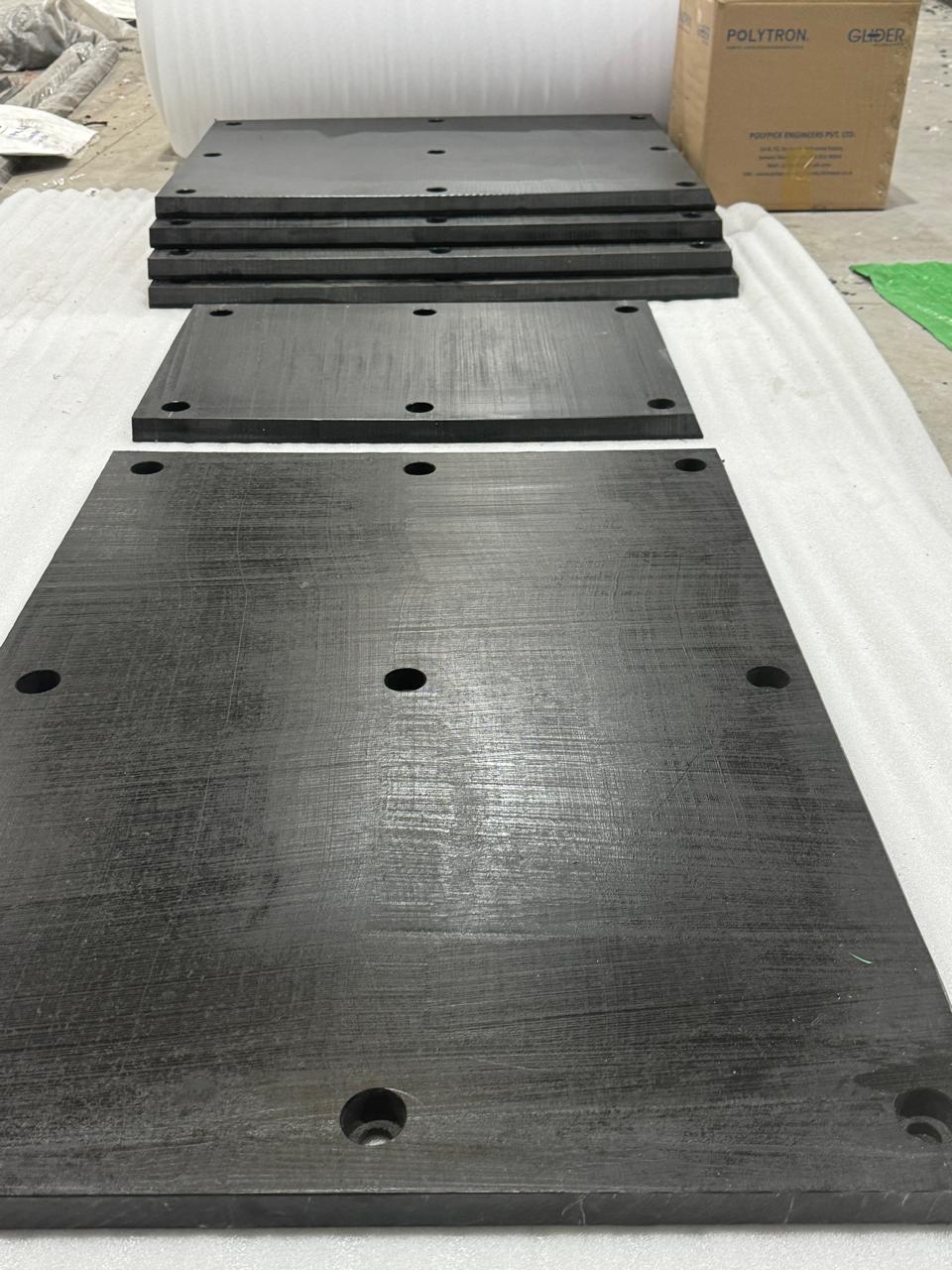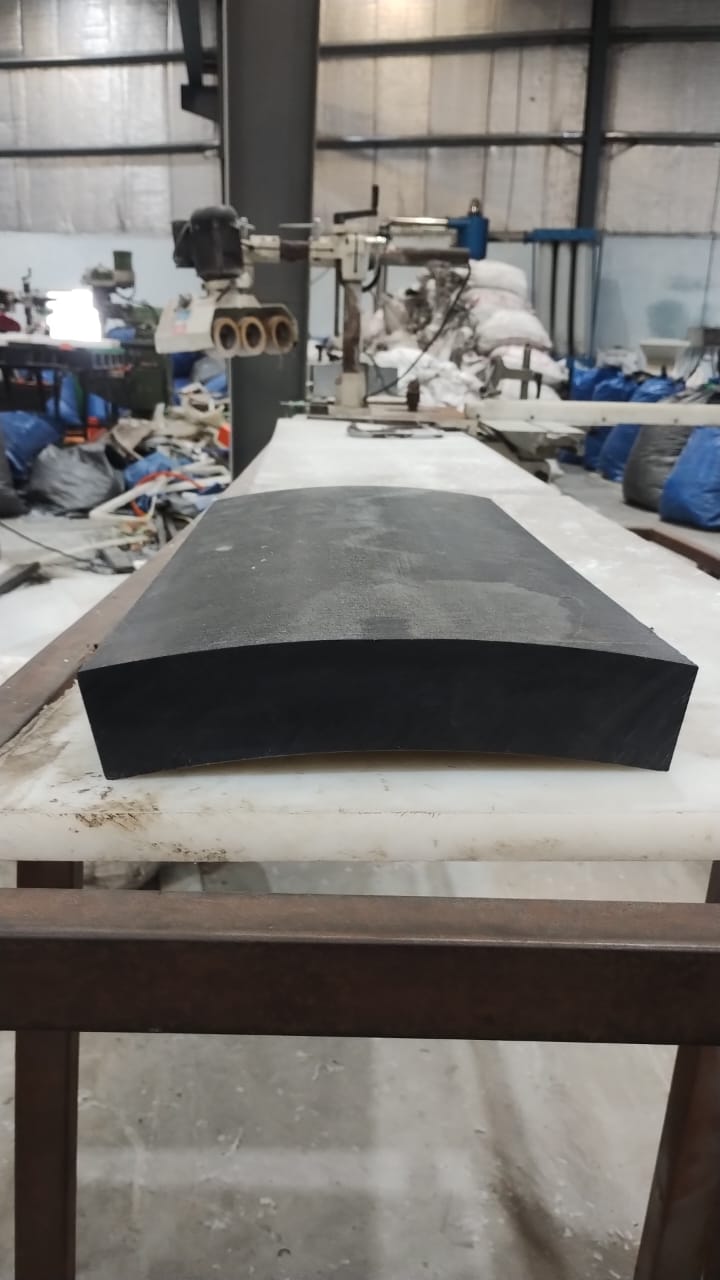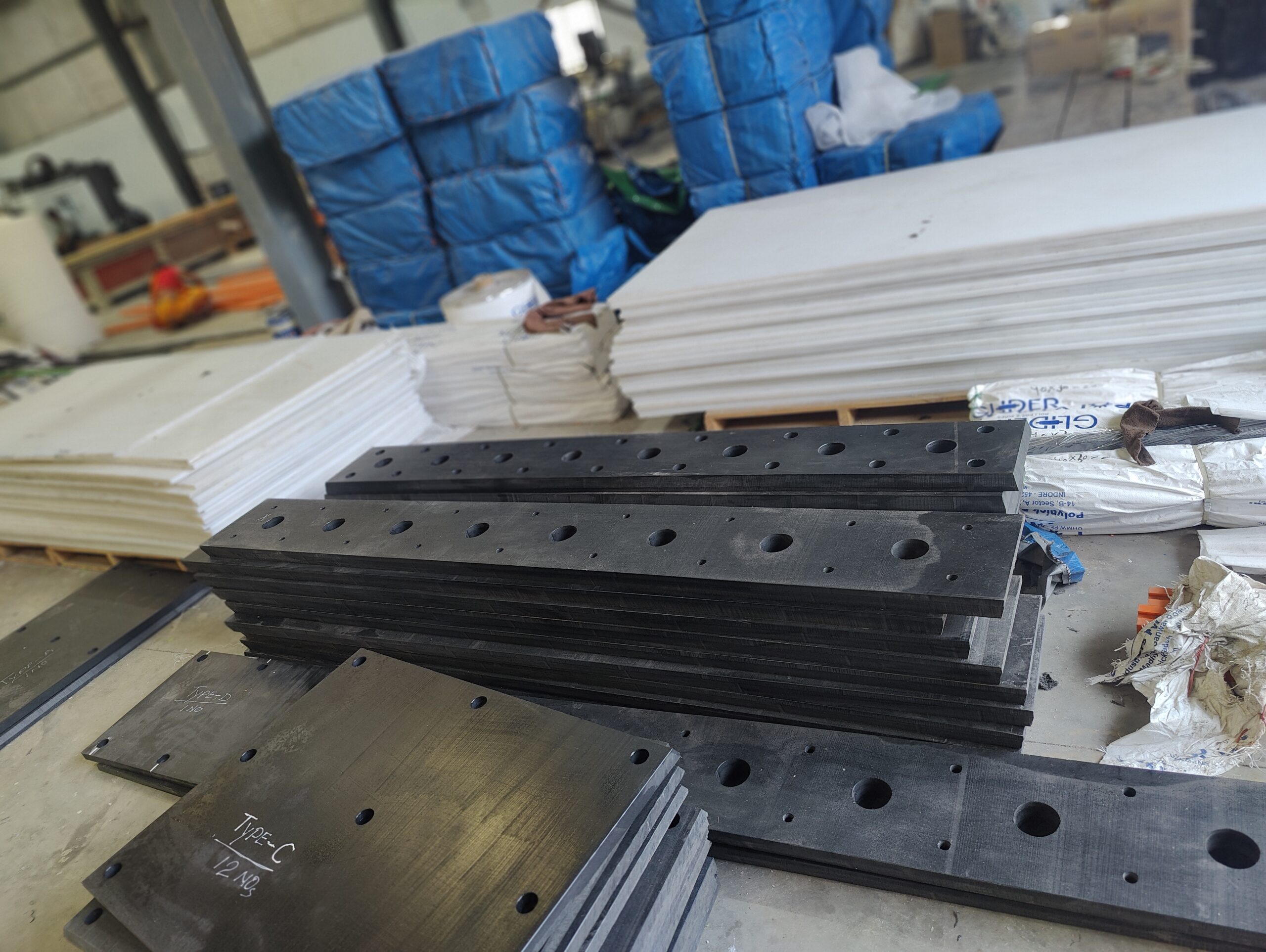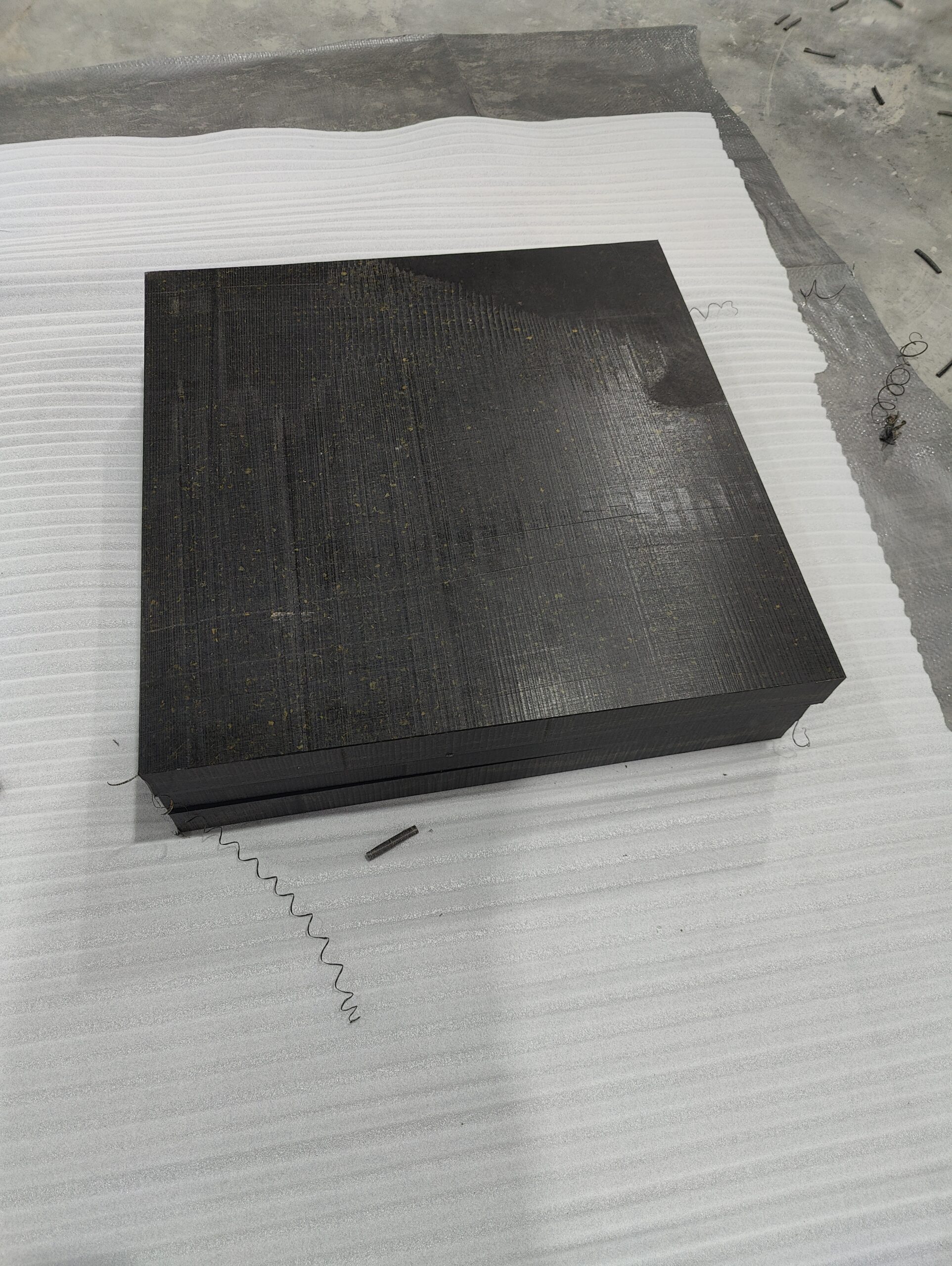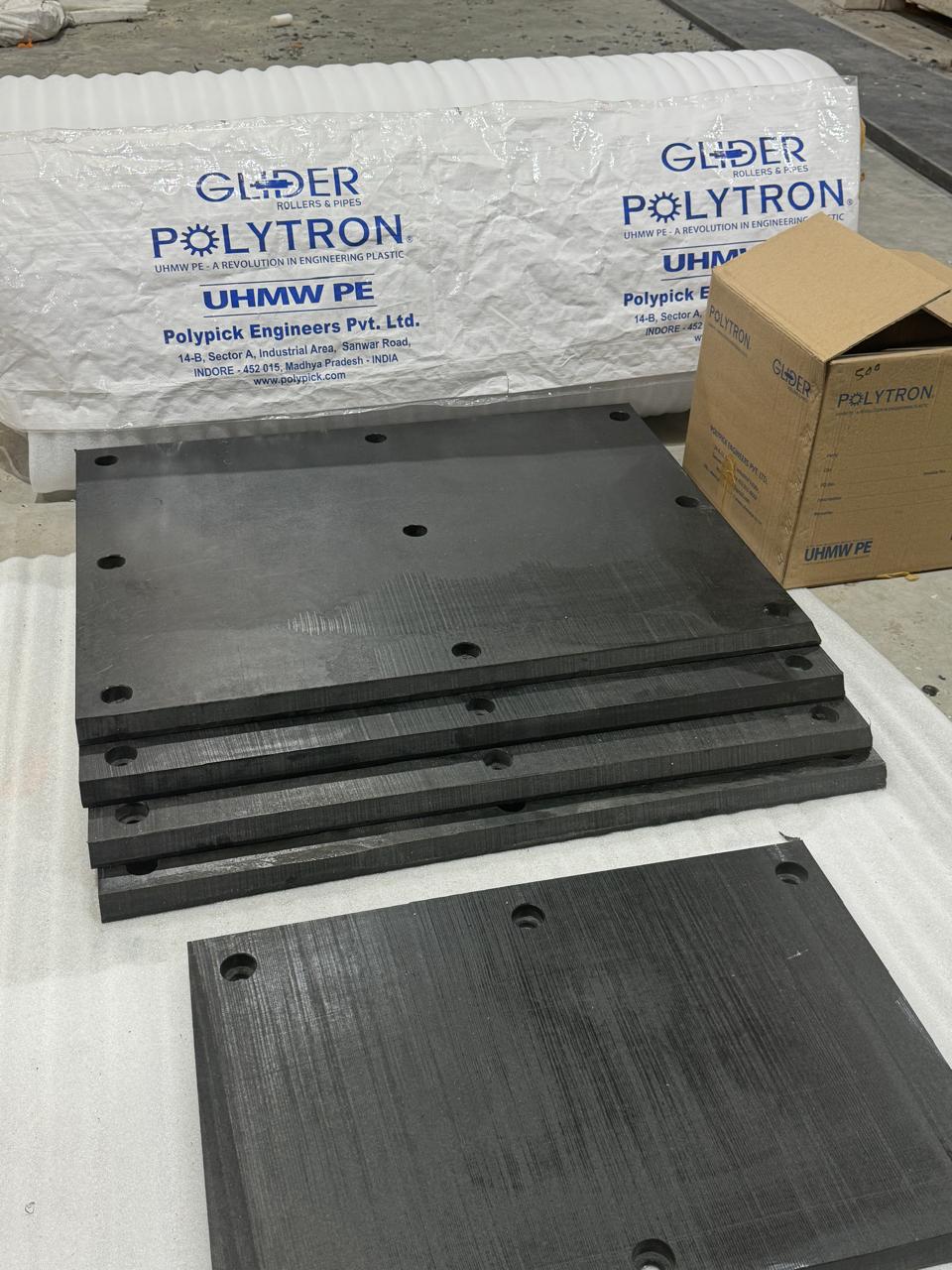Dock Fenders
UHMW PE (Ultra-High Molecular Weight Polyethylene) facia pads are an important component in dock fender systems, providing protection and enhancing the performance of marine berthing structures. Here's a comprehensive overview of UHMW PE facia pads in dock fenders:
1. Function:
- Act as the contact surface between ships and the dock structure.
- Distribute impact forces over a larger area.
- Reduce friction during vessel movement along the berth.
2. Applications:
- Commercial ports and harbors.
- Naval bases.
- Ferry terminals.
- Oil and gas terminals.
- Cruise ship terminals.
3. Benefits of UHMW PE Facia Pads:
a) Low Friction:
- Reduces wear on ship hulls.
- Minimizes stick-slip effect during berthing and unberthing.
b) Impact Resistance:
- Absorbs and distributes berthing forces.
- Protects both the vessel and the dock structure.
c) Abrasion Resistance:
- Long service life in harsh marine environments.
d) Chemical Resistance:
- Withstands exposure to seawater, oils, and marine pollutants.
e) UV Resistance:
- Maintains properties under prolonged sun exposure (with appropriate additives).
f) Low Maintenance:
- Doesn’t corrode or rot.
- Easy to clean and inspect.
g) Cost-Effective:
- Long lifespan reduces replacement frequency.
h) Environmental Considerations:
- Doesn’t leach harmful substances into marine environments.
- Potentially recyclable at end of life.
4. Design Considerations:
a) Thickness:
- Typically ranges from 1″ to 4″, depending on application.
b) Size:
- Custom-cut to fit specific fender systems.
c) Attachment Methods:
- Bolted connections with countersunk holes.
- Adhesive bonding in some applications.
d) Edge Design:
- Often beveled or rounded to prevent catching on ship protrusions.
e) Surface Texture:
- Can be smooth or textured depending on friction requirements.
f) Color:
- Often black, but can be produced in other colors for visibility or aesthetics.
5. Integration with Fender Systems:
a) Rubber Fenders:
- Applied to the face of rubber elements (e.g., cone fenders, cell fenders).
b) Foam-Filled Fenders:
- Used as the outer layer on foam-core fenders.
c) Pneumatic Fenders:
- Can be used as wear pads on floating pneumatic systems.
6. Performance Factors:
a) Energy Absorption:
- Works in conjunction with the main fender element.
b) Reaction Force:
- Helps distribute forces to prevent damage to the vessel or structure.
c) Hull Pressure:
- Designed to keep hull pressures within acceptable limits.
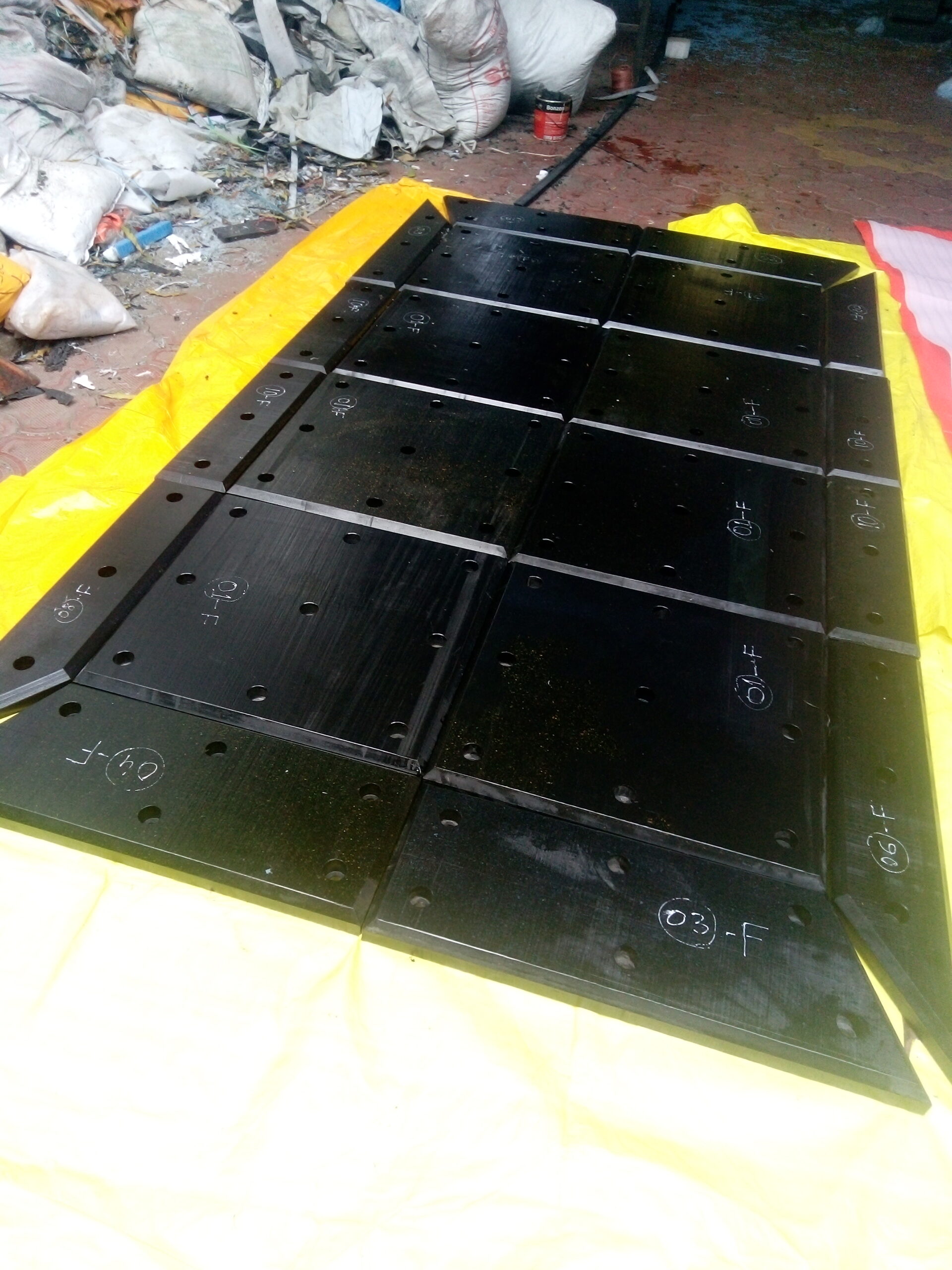
7. Installation and Maintenance:
a) Installation:
- Often factory-fitted to fender elements.
- Can be field-installed or replaced.
b) Inspection:
- Regular checks for wear, damage, or loosening of fasteners.
c) Cleaning:
- Periodic cleaning to remove marine growth or contamination.
8. Considerations for Harsh Environments:
a) Ice Conditions:
- Special grades of UHMW PE for improved impact resistance in icy waters.
b) High-Temperature Regions:
- Selection of appropriate grades to maintain properties in hot climates.
9. Industry Standards:
- Should comply with PIANC (The World Association for Waterborne Transport Infrastructure) guidelines.
- May need to meet specific port authority requirements.
UHMW PE facia pads play a crucial role in modern dock fender systems, offering a combination of low friction, high wear resistance, and excellent impact absorption. Their use contributes to safer berthing operations and reduced maintenance costs for both vessels and port infrastructure.


